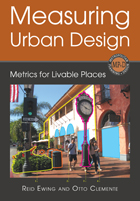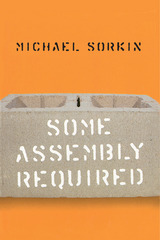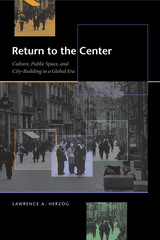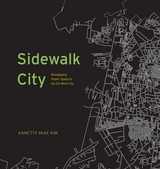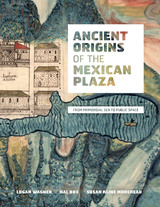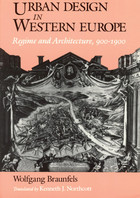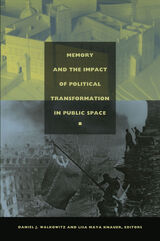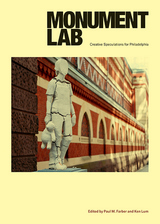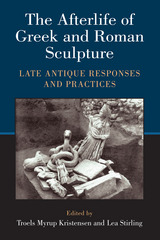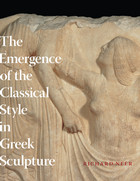Cloth: 978-963-386-822-5 | eISBN: 978-963-386-824-9 (ePub) | eISBN: 978-963-386-823-2 (PDF)
Library of Congress Classification NA9330.U38
Dewey Decimal Classification 940.5465474
From the very first days of their large-scale attack on Ukraine in February 2022, the Russian invaders have made exceptional efforts to interact with the war memorial landscape of the newly occupied territories. This landscape consists of tens of thousands of monuments, mostly in small towns and villages, commemorating the Second World War and other conflicts, including Ukraine’s resistance against Russia since 2014. The Russians have destroyed some of these memorials, renovated others, and built new monuments amid continued fighting. They also used war memorials in countless propaganda photos and videos aimed for a domestic audience and largely escaping Western attention.
Why this fervor? Gabowitsch and Homanyuk draw on unique sources to trace the logic of Russian monument policies in occupied Ukraine. Mykola Homanyuk spent several months in occupied Kherson and collected sources on the ground, often at considerable risk to himself. This exceptional wartime on-site ethnography was complemented by systematic real-time data collection from online sources, many of which have since disappeared. The book shows how Russian invaders believed their own propaganda about Soviet war memorials being mistreated in Ukraine, and what they did when they discovered well-maintained monuments on the ground. More generally, it also discusses the link between monuments and territorial claims by irredentist empires.
See other books on: Monuments | Russia (Federation) | Territory | Ukraine | War memorials
See other titles from Central European University Press

